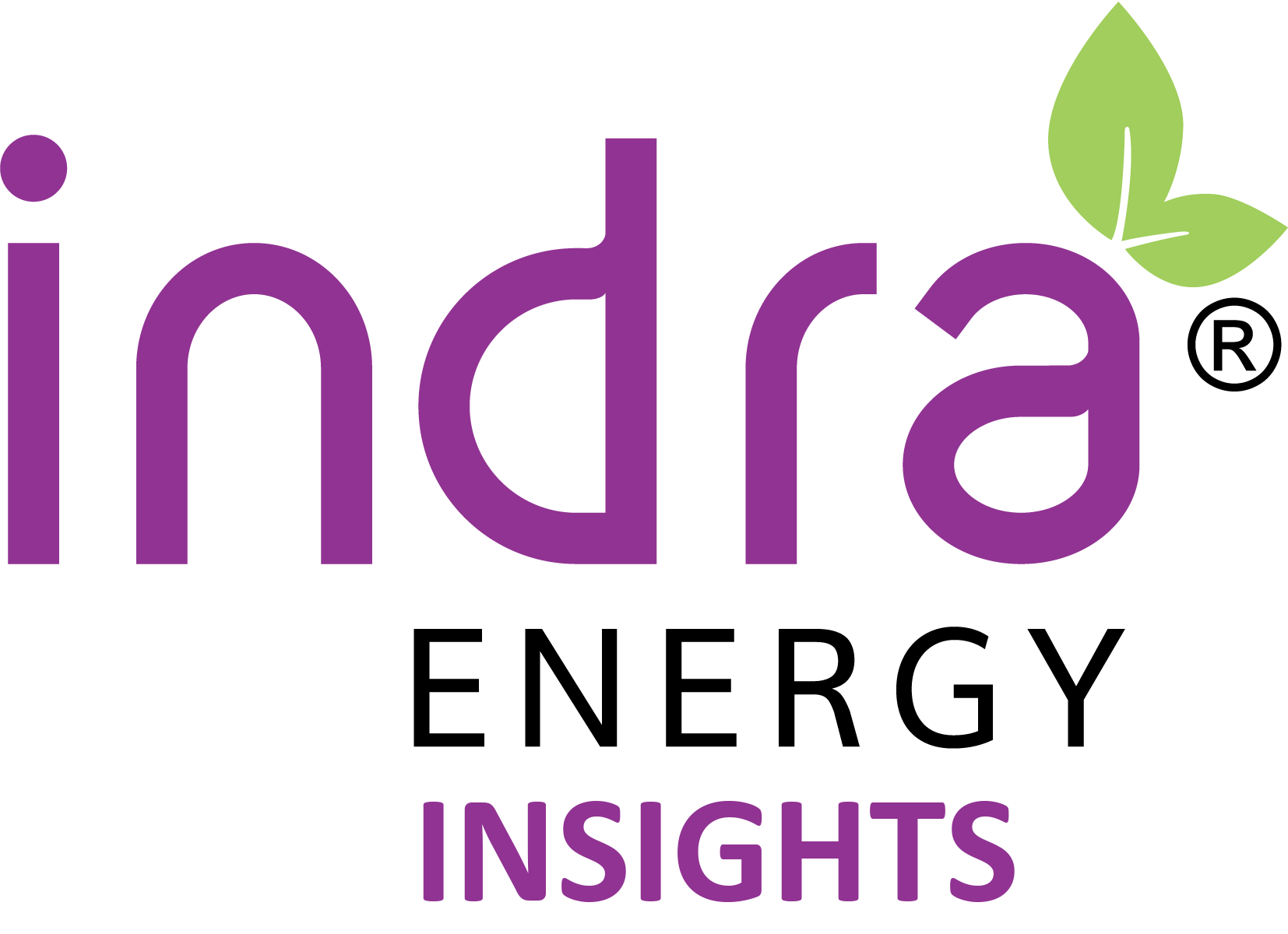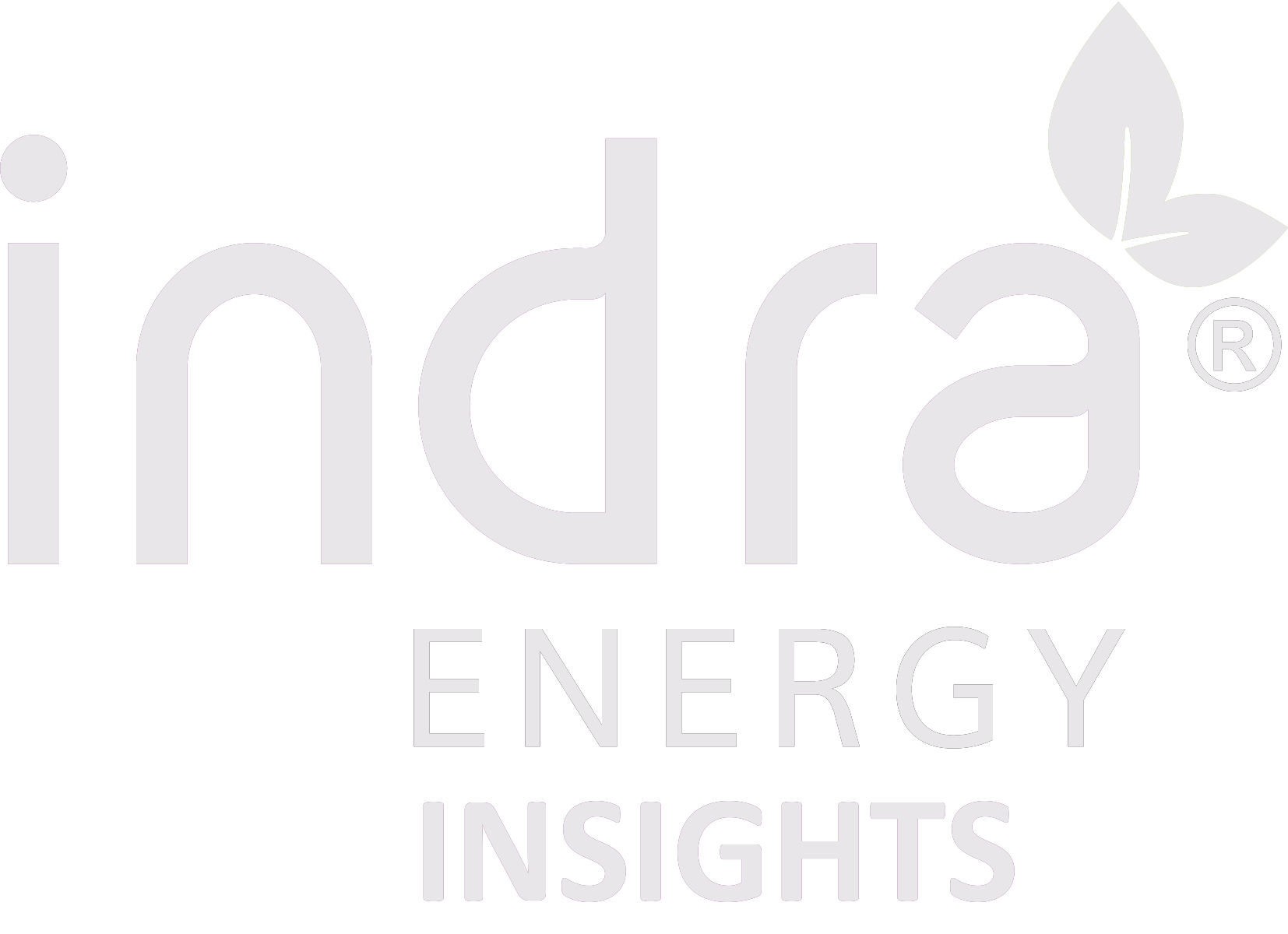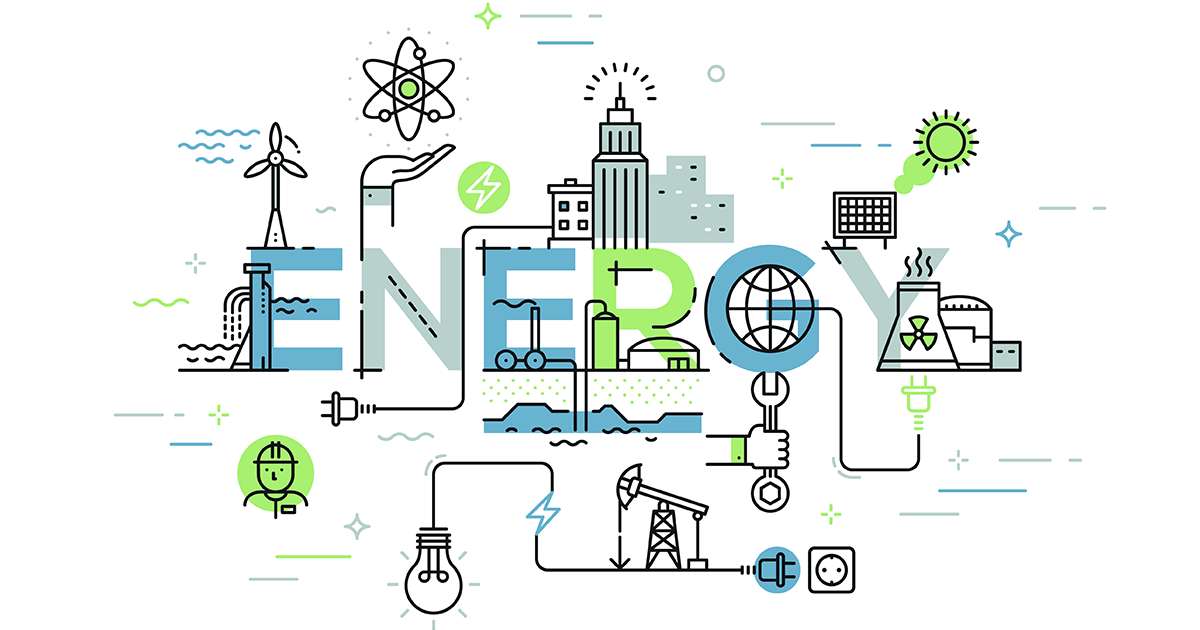There are many different types of energy sources that are used today. Renewable energy (also known as clean energy) is derived from natural resources or processes that can be constantly renewed or replenished. Renewable energy is considered safer and cleaner for the environment.
While effective, some sources like natural gas or nuclear energy can have negative side effects, like emissions, and they cannot be replenished once gone.
As new technology emerges, there are more and more ways to capture renewable energy – and with new technologies, renewable energy methods have become less expensive. With so many renewable energy sources available today, it’s good to learn more about some of these popular sources to understand which may be a good fit for you and your household.
Examples of Renewable Energy Sources
There are many different sources of renewable energy available today. These include wind, solar, hydroelectric, geothermal, ocean, hydrogen, and biomass. Let’s review a few of the more common household sources of energy:
1. Wind
Wind farms are designed to capture the energy derived from naturally occurring wind flow using turbines that generate electricity. When the wind blows, it turns the turbine blades around a rotor, spinning a generator, and creating usable electricity. Interestingly, wind energy can also be considered solar energy since a combination of three simultaneous events causes wind:
- The uneven heating of the atmosphere from the sun.
- Irregularities of the earth’s surface.
- The earth’s rotation.
There are several different types of systems used to convert the wind into usable energy. Commercial grade wind systems can generate power in many locations or organizations, while a single turbine installation is generally used to help supplement a pre-existing energy supply.
Wind is an excellent energy source since it is “clean,” meaning it doesn’t pollute the air when generating power as fossil fuels do. However, a downside of wind energy is that it can be inaccessible to some people, as turbines are huge and are generally installed in open, rural settings. With turbines being installed further away from large populations, the energy needs to be transported across transition lines which adds to the total cost of power.
2. Solar
Solar energy is created using photovoltaic or PV technology in solar panels. When the sun shines on a solar panel, the PV cells absorb the energy. This energy then produces electrical charges, causing electricity to flow. Solar energy is great because sunlight is an endlessly renewing resource. As long as there is sunlight, we can continue to harness that into usable energy while relying less and less on pollution-causing fossil fuels.
Although there is an upfront cost associated with purchasing and installing a solar system for a home or business, those who choose to utilize solar energy can significantly reduce their energy bills and save money in the long run. To add to the cost savings, many local, state, and federal governments also provide citizens with tax incentives to invest in solar energy by offering tab credits and rewards programs.
Examples of Emissions-Generating, or Non-Renewable Energy Sources
While green energy sources are ideal for the environment, many other energy sources are still being used today. Emissions-generating energy sources include fossil fuels such as coal, natural gas, and petroleum. Other well-known energy sources include nuclear energy – and while it does not pollute the air, it creates radioactive waste which can be very toxic to humans. Let’s dive into a few of these sources to learn more:
1. Nuclear
Individual homeowners can not generate nuclear energy through a home-based system. Instead, nuclear energy is created in a specially designed nuclear power plant facility. You may be wondering then, how does nuclear energy work?
When it comes to nuclear energy, it all starts with the atoms or the tiny elements that make up everything around us. Each atom has a nucleus in the center, which is made of neutrons and protons. The bonds holding the particles of the nucleus intact contain massive amounts of energy. These bonds of an atom’s nucleus are powerful and are broken through nuclear fission (an atom-splitting process). Electricity can then be created using the released nuclear energy.
Nuclear power generates heat, which is used to create steam. This nuclear-produced steam is then used to power a turbine that generates electricity as it rotates.
While nuclear energy might be a zero-emission source of green energy, because of the materials used in nuclear power plants, it doesn’t qualify for renewable energy standards.
While nuclear energy is considered sustainable, clean, and in some ways renewable, the building of power plants and mining of the uranium is still harmful to the environment. Radioactive nuclear waste can have a negative impact on the overall health of the environment and people exposed to it. Nuclear waste can contaminate the water, soil, and air and harm plants, animals, and people.
2. Natural Gas
Natural gas is a colorless and odorless gas primarily made of methane. It can heat homes and buildings, power stoves, clothing dryers, hot water heaters, and produce electricity.
Natural gas is a fossil fuel created from decayed plant and animal matter that has been under immense heat and pressure below the earth’s surface for millions of years. Natural gas must be filtered to remove aspects like water, acid, and nitrogen before being used.
While natural gas is effective, when it is burned, it releases carbon emissions into the atmosphere, which are known to have caused air pollution that has triggered issues like global warming, climate change, natural disasters, and chronic health issues for humans. While natural gas has been utilized as an energy source for many years, it is not considered renewable. If you are interested in a more sustainable approach, several other renewable energy sources, such as solar energy, are equally effective and safer for humans and the environment.
How to Find a Renewable Energy Provider
While there are many types of energy available to homeowners, utilizing a 100% renewable electricity option or carbon offset natural gas option is a great idea to reduce your energy bills and go green. Wondering how to your family can go green? Contact a trusted local provider, like Indra Energy, to learn more about 100% renewable electricity or carbon offset natural gas options for your home.














